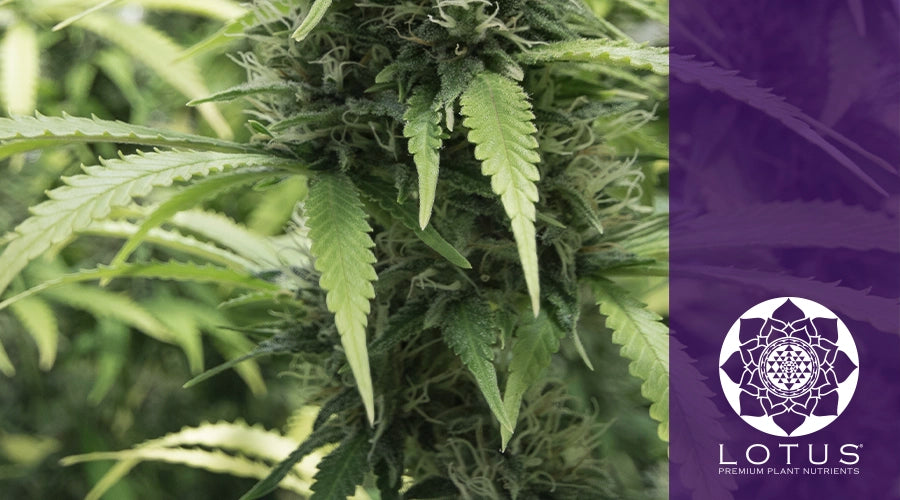
Indoor Plant Fertilizer
The Ultimate Guide to Indoor Plant Fertilizer
Indoor plants can bring life, color, and natural beauty to any indoor space. However, just like outdoor plants, indoor plants require essential nutrients to grow and thrive. One of the most effective ways to provide your indoor plants with the necessary nutrients is through the use of fertilizers.
Indoor plant fertilizers are specially formulated blends of nutrients that are designed to provide the essential elements that plants need for healthy growth. These fertilizers typically contain nitrogen (N), phosphorus (P), and potassium (K), also known as NPK, as well as trace elements such as magnesium, iron, and calcium.
Keep Your Indoor Plants Thriving with Proper Fertilization Techniques
Nitrogen is essential for plant growth and helps to promote the production of leaves and stems. Phosphorus is necessary for the development of strong roots and healthy flowers and fruit. Potassium is important for overall plant health, as it helps to regulate water balance and nutrient uptake.
There are various types of indoor plant fertilizers available on the market, each with its own advantages and disadvantages. One popular type of fertilizer is liquid fertilizer. Liquid fertilizers are easy to use and are absorbed quickly by plants, making them a good choice for plants that need an immediate nutrient boost. However, they may require more frequent application than other types of fertilizers.
Another type of indoor plant fertilizer is granular fertilizer. Granular fertilizers are slow-release fertilizers that release nutrients over a longer period of time, which can be beneficial for plants that require a steady supply of nutrients. However, they may take longer to show results, and over-application can lead to nutrient build-up in the soil.

Natural vs. Commercial Fertilizers: Which Is Better for Your Indoor Plants?
In addition to commercial fertilizers, there are also natural ways to provide nutrients to your indoor plants. One option is to make your own compost or compost tea, which can be used as a natural fertilizer. These types of fertilizers are made from natural sources such as fish emulsion, bone meal, or compost and can be an excellent choice for those who prefer a more environmentally friendly approach to plant care. Another option is to add organic matter to your potting soil, such as shredded leaves or coconut coir, which can help to improve soil health and provide some additional nutrients.
Organic and natural fertilizers can also provide additional benefits beyond simply supplying essential nutrients. They can help to improve soil structure and health, promote beneficial microbial activity, and increase water retention. They also tend to be less harsh than chemical fertilizers, making them a good choice for delicate plants or those that are sensitive to chemical additives.
Choosing the Best Indoor Plant Fertilizer for Your Houseplants
When selecting an indoor plant fertilizer, it's important to consider the specific needs of your plants. Some plants may require more or less of certain nutrients than others, and over-fertilizing can lead to problems such as root burn or nutrient toxicity. It's also important to follow the instructions on the fertilizer label carefully, as different fertilizers may have different application rates and methods.
It's also worth noting that some indoor plant fertilizers are formulated for specific types of plants. For example, there are fertilizers that are designed for cacti and succulents, while others are formulated for flowering plants or foliage plants. Using a fertilizer that is specifically tailored to your plants can help to ensure that they receive the right balance of nutrients for their unique needs.
Another factor to consider when selecting an indoor plant fertilizer is the type of potting soil you are using. Some potting soils come pre-fertilized, meaning that they already contain some amount of nutrients. In these cases, you may not need to fertilize your plants as frequently or as heavily as you would with non-fertilized potting soil.
When applying fertilizer to your indoor plants, it's important to avoid getting the fertilizer on the foliage, as this can cause burning or damage. Instead, apply the fertilizer directly to the soil, following the instructions on the label for the appropriate amount and frequency. It's also a good idea to water your plants thoroughly after fertilizing, as this can help to distribute the nutrients evenly throughout the soil.
Understanding the Basics of Indoor Plant Nutrition
While fertilizers can be an effective way to provide essential nutrients to your indoor plants, it's important to remember that they are just one aspect of plant care. To keep your indoor plants healthy and thriving, you'll also need to pay attention to factors such as lighting, watering, temperature, and humidity. Regular pruning and cleaning can also help to prevent pests and diseases.
Lighting is particularly important for indoor plants, as they need sufficient light to photosynthesize and produce energy. Different plants have different lighting requirements, so it's important to choose plants that are well-suited to the lighting conditions in your home or office. You may also need to supplement natural light with artificial lighting, particularly in areas that receive limited sunlight.
Watering is another crucial aspect of indoor plant care. While it's important to keep your plants adequately hydrated, overwatering can be just as harmful as underwatering. The amount and frequency of watering will depend on the specific plant, as well as factors such as pot size and soil type. It's a good idea to check the soil moisture level regularly and adjust your watering schedule accordingly.
Temperature and humidity can also have a significant impact on indoor plant health. Most indoor plants prefer temperatures between 60 and 75 degrees Fahrenheit, with moderate humidity levels. If the air in your home or office is particularly dry, you may need to use a humidifier or mist your plants regularly to keep them healthy.
In addition to proper care, it's also important to monitor your plants regularly for signs of pests or disease. Common pests that can affect indoor plants include spider mites, mealybugs, and scale insects, while common plant diseases include root rot and powdery mildew. By catching these issues early and taking appropriate measures to address them, you can help your indoor plants stay healthy and vibrant.
Indoor Plant Fertilization: When, How, and How Much?
In addition to the factors mentioned above, proper plant nutrition and fertilization also depend on the growth stage of your plants. As plants grow and develop, their nutrient requirements change, so it's important to adjust your fertilization routine accordingly.
For example, young plants may benefit from higher levels of nitrogen, which promotes growth and foliage development. As plants mature, they may require more phosphorus and potassium, which are important for flower and fruit development. In general, it's a good idea to fertilize indoor plants during their active growing season, which is typically from spring through summer.
It's also important to remember that over-fertilizing can be just as harmful as under-fertilizing. In addition to causing nutrient toxicity, excessive fertilization can also lead to salt buildup in the soil, which can damage plant roots. To avoid these issues, it's important to follow the instructions on the fertilizer label carefully and to avoid applying fertilizer more frequently or at higher rates than recommended.
It's worth noting that indoor plant fertilization is not a one-size-fits-all solution. Different plants have different nutrient requirements, and these requirements can vary depending on factors such as pot size, soil type, and lighting conditions. As such, it's important to take the time to learn about the specific needs of your plants and to adjust your fertilization routine accordingly.
While indoor plant fertilizers are an important tool for promoting healthy plant growth, they are just one piece of the puzzle when it comes to indoor plant care. By paying attention to factors such as lighting, watering, temperature, and humidity, and by monitoring your plants for signs of pests or disease, you can create a thriving indoor garden that brings joy and natural beauty to your home or office.
Overall, indoor plant fertilizers are an important tool for promoting healthy plant growth and vibrant foliage. Whether you choose a liquid or granular fertilizer, a chemical or organic option, or a combination of both, proper fertilization can help to keep your plants healthy and beautiful for years to come.
